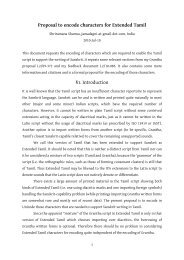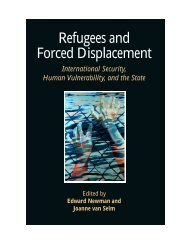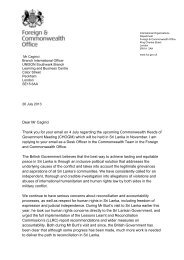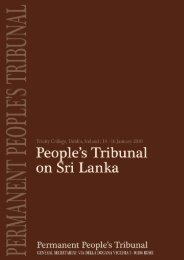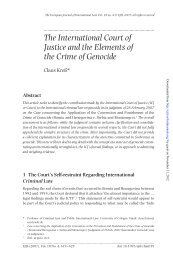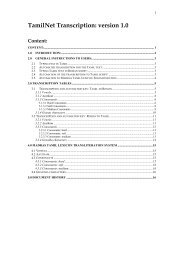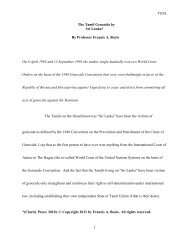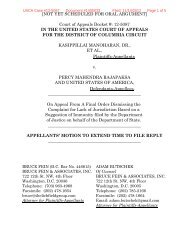Untitled - International Commission of Jurists
Untitled - International Commission of Jurists
Untitled - International Commission of Jurists
You also want an ePaper? Increase the reach of your titles
YUMPU automatically turns print PDFs into web optimized ePapers that Google loves.
The 1994 Western, Southern and Sabaragamuwa Disappearances <strong>Commission</strong> even<br />
found a way to include cases <strong>of</strong> suicide resulting from depression related to threats.<br />
As a matter <strong>of</strong> historical record and lessons learned, it is worth noting the various<br />
categories established by the 1994 Western, Southern and Sabaragamuwa<br />
Disappearances <strong>Commission</strong> to decide on eligibility. A similar approach was adopted<br />
by the other two 1994 <strong>Commission</strong>s.<br />
Admissible Cases<br />
The first category related to cases ex facie falling within the mandate, including<br />
persons involuntarily removed allegedly by agents <strong>of</strong> the state (police, army, etc.),<br />
para-military groups, ‘subversives’, or unknown persons, and subsequently<br />
“disappeared” (fate unknown). These cases also included persons allegedly held in<br />
detention in unauthorised army camps or police stations and subsequently<br />
“disappeared” (fate unknown). 287 There was no dispute regarding the admissibility <strong>of</strong><br />
these cases.<br />
The second category <strong>of</strong> admissible cases - ‘other cases’ – were those in which victims<br />
<strong>of</strong> enforced disappearances were found dead. 288<br />
i. Persons involuntarily removed allegedly by agents <strong>of</strong> the state (police, army,<br />
etc,) or para-military groups in collaboration with them or subversives or<br />
unknown persons or allegedly held under detention in unauthorised army<br />
Camps or police stations and subsequently found killed (body identified by<br />
witnesses). 289<br />
<strong>Commission</strong>ers included these cases on the basis that it would be illogical to draw a<br />
distinction between enforced disappearances where the fate <strong>of</strong> the victim remained<br />
unknown, and those in which they had been confirmed the victims <strong>of</strong> killings.’<br />
Illustrations<br />
a. A case where the evidence showed that the corpus had been in a detention<br />
camp after being involuntarily removed and subsequently found dead art a<br />
public road.<br />
b. Cases where girls who had been abducted from their homes as hostages by<br />
unidentified persons who had come looking for their brothers or fathers were<br />
later found to be raped and killed (in one case the body burnt).<br />
c. Cases where three brothers had been involuntarily removed and while the<br />
dead bodies <strong>of</strong> two <strong>of</strong> them had been subsequently discovered the third<br />
disappeared without any trace and remains missing to date. 290<br />
The category <strong>of</strong> ‘other cases’ was also held to include extrajudicial killings that did<br />
not involve a period <strong>of</strong> detention.<br />
287 Final report <strong>of</strong> the 1994 Western, Southern and Sabaragamuwa Disappearances <strong>Commission</strong>,<br />
Sessional Paper No V, 1997, at pp. 5-12.<br />
288 ibid.<br />
289 ibid, at p.6.<br />
134 ibid<br />
290 ibid.<br />
83



